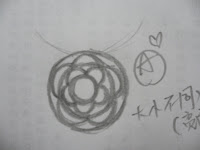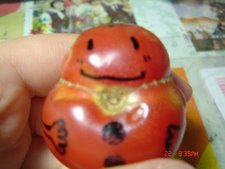My joyful traveling scheduleOn May 11, Friday
In the morning, I will take my big luggage to my class so that I can take them to get on the passenger stock immediately after I finish my class at 15 o'clock.
And then, I can come home early to have a dinner with my family.
On May 14, Monday
This day is a day which before my traveling day.
Dad and I have to prepare our luggage for the following trip.
And, we will take our luggage to take the passenger stock to Taipei to take grandmother to a hotel to live one day for the next day travel.
On May 15, Tuesday
A joyful travel will begin . . . . .
In the morning, Dad, grandmother, and I will take the plane to Japan for a 6 days' travel, which is hold by my dad's company.
So, there also have my uncle and aunt, who are the one of boss, and other staffs.
And then, our happy travel will keep on 6 days.
On May 20, SundayThis day is the day, which we need to come back.
And, we will take a lot of luggage than the original.
Then, we will stare giving those gifts for our families, friends, and neighbors.
But, maybe my first thing will to do is not that.
I think maybe I will stare sleeping.
I am so expected . . . .
On May 23, WednesdayThis day morning, I will take the passenger stock to go back to school.
And I think I must be so busy in order to remedy those absences.























































